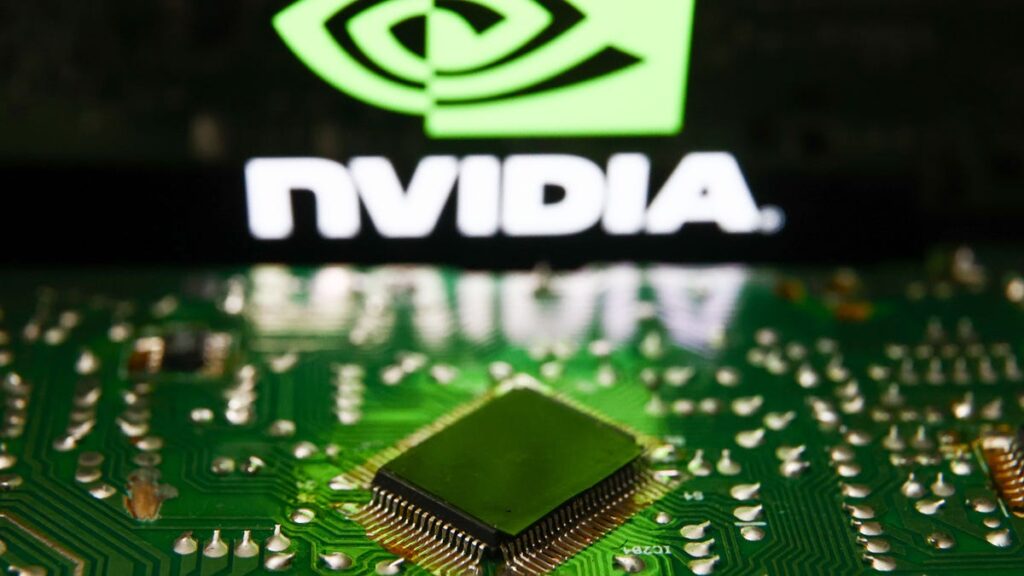Kevin Gordon, senior investment strategist at Charles Schwab, spoke to Quartz on the latest edition of their “Smart Investing” video series.
Watch the interview above and read the transcript below: The transcript of this conversation has been lightly edited for length and clarity.
Andy Mills (AM): With investors pulling out of big tech companies like Nvidia, does this bode well for the market?
Kevin Gordon (KG): That could happen. In fact, we've seen this on and off just this year, with a slight pullback in March, April of some of the year-to-date winners like tech and communication services, and then a return to what we call “deep value” or deeper cyclical parts of the market. You know, it's very similar to the days recently when Nvidia was plummeting while the Dow was surging and small caps were surging even more. So I think it's going to be on an intermittent basis and I think it's actually a healthier sign. Rather than necessarily trying to sell off the large caps and hope everything else works out, I think it gives the rest of the market a chance to catch up, so to speak, because we've started to see some pretty significant divergences in performance, whether it's the market cap-weighted S&P versus the equal-weighted S&P, which started to split up a few months ago, or just large caps versus small caps in general. As the market continues to hit new all-time highs at the index level, if we start to see a breakdown in the breadth statistics, I think it gives the rest of the market more of a chance to catch its breath, because if that divergence persists for an extended period of time, it could get us into some pretty nasty territory. This is very similar to what we saw in the second half of 2021, when market cap weighted indexes were hitting new all-time highs almost continuously, while the rest of the market was somewhat sluggish. I think it would be a more worrying sign if that divergence had persisted later this year.
AM: As you said, it's a tough question as to whether this is a sign of a big tech company imploding and panic, or whether it's just going to slowly stabilize.
KG: I think now is the time to increase investment in areas that have underperformed. Areas that look attractive from a fundamental standpoint, of course. It's not just about increasing investment in areas that have underperformed and decreasing investment from areas that have performed well. But again, it depends on each individual's portfolio and what makes sense for them. But if you still have strength in this bull market that's been going on for about a year and a half, I think it makes a lot of sense to increase investment in some of the quality markets, especially those that have lagged. A good example of that is the Russell 2000 Index. This index was pretty strong at the end of last year, did very well, and then this year it's sunk sideways. It's very frustrating for small-cap-oriented and value-oriented investors. But if you look within the index, the quality parts of that index are actually doing pretty well. So even if you go back to the beginning of 2023, the so-called “zombie companies” are down double-digit percentage points. The non-zombie companies (which clearly distinguish between the so-called haves and have-nots) are up double-digit percentage points. You can't necessarily tell that by looking at the Russell 2000, because the Russell 2000 does contain quite a few lower quality companies. But if you remove those and focus more on the quality itself, you can tell the performance. I think this speaks to the fact that at the index level, it may not necessarily look like a healthy market. And certainly, if you look at the individual member level, it's been a little stagnant this year. But if you shift your focus to the higher quality parts of the market, you can find pretty consistent outperformance.

